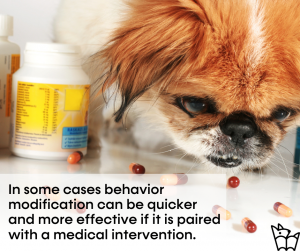Nowadays it’s become very possible to say that someone is “traumatized” or “has PTSD” – both referring to people and to dogs – but it’s often not the case. In reality many “behavior problems” do not meet criteria of PTSD or other trauma related conditions. And it’s important to remember that while they might be scary or inconvenient to us, even severe behavior problems are an attempt at coping and they serve a function to the animal.
Let’s have a look at what we know about trauma related problems in animals.
What are the possible consequences of trauma?
First of all, there is a whole range of reactions to traumatic events:
- PTS (post-traumatic stress)/PTSD (post-traumatic stress disorder),
- phobias,
- generalised anxiety disorder (GAD), and
- depression.
It is estimated that 75% of people make full recovery after traumatic events. There is no data about non-laboratory animals, but a study done with laboratory rats showed a similar rate of recovery.
Continue reading “Trauma in animals”

